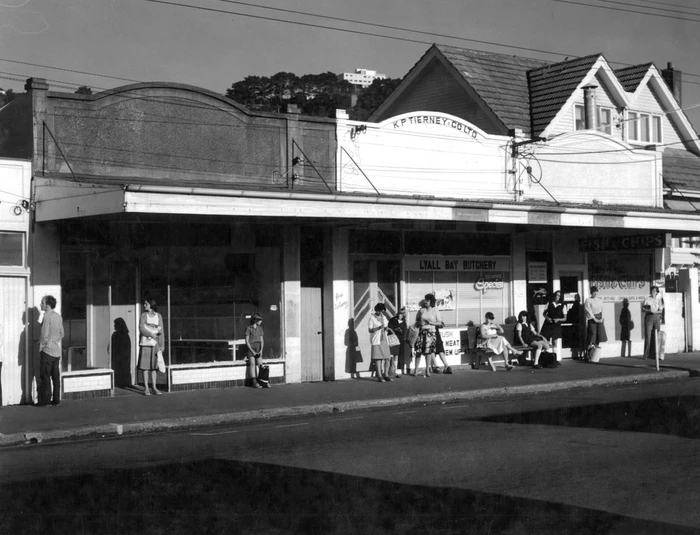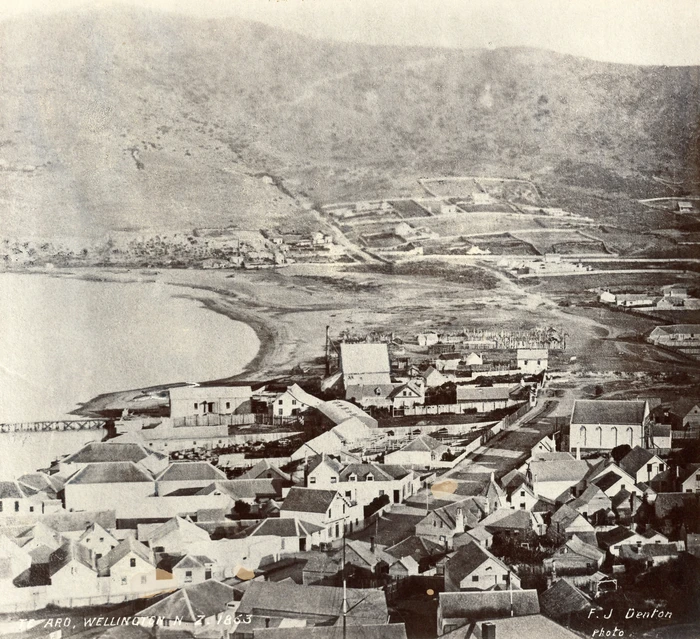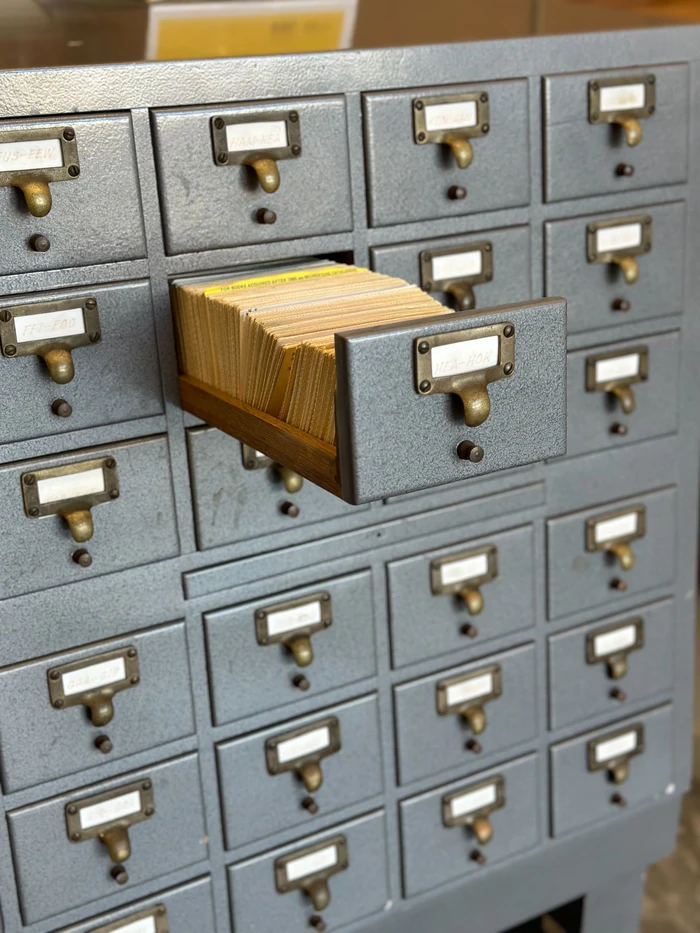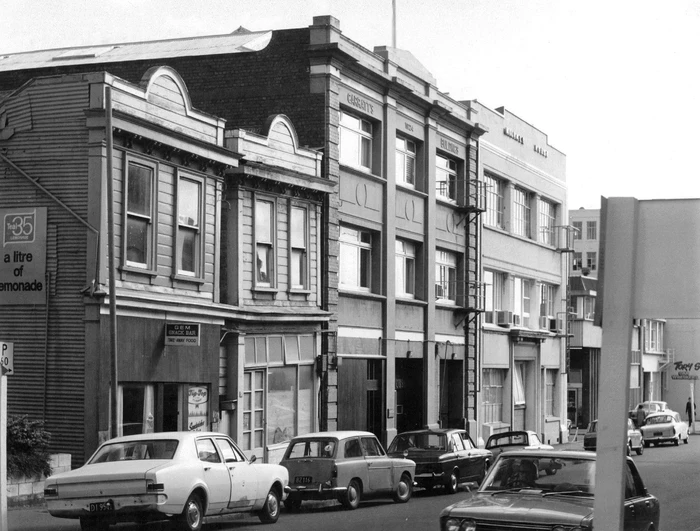Tuku ihotanga - Heritage
-
Digital Heritage
 Explore our digitised heritage webpage: access historical guides, images and materials from Wellington, anytime.
Explore our digitised heritage webpage: access historical guides, images and materials from Wellington, anytime. -
Interactive Heritage
 Explore our interactive heritage stories on Shorthand – local history brought to life in a beautifully immersive format.
Explore our interactive heritage stories on Shorthand – local history brought to life in a beautifully immersive format. -
Research
 Explore some of our Heritage Services, such as Tāonga Tuku Iho and City Archives.
Explore some of our Heritage Services, such as Tāonga Tuku Iho and City Archives. -
Stories and guides
 Explore articles and topic guides for a captivating journey through our community's past.
Explore articles and topic guides for a captivating journey through our community's past.